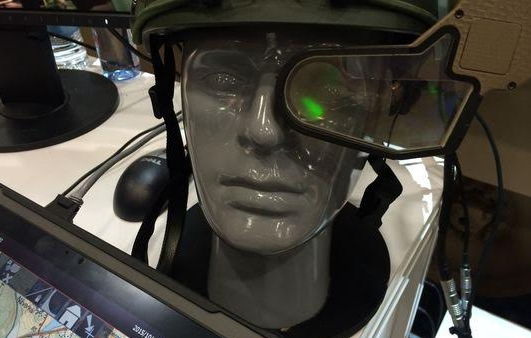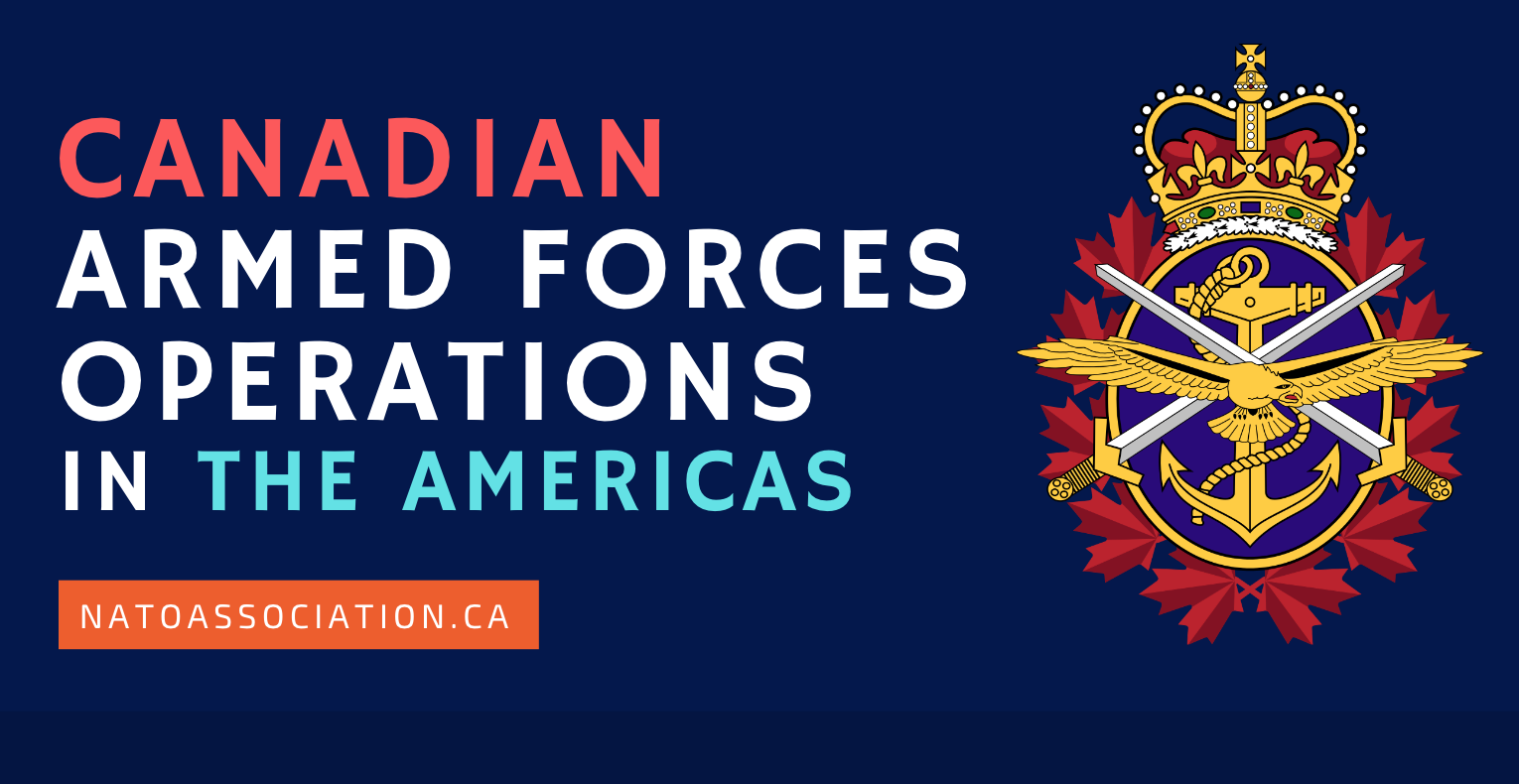Each year, Ottawa plays host to the CANSEC defence exhibition, hosted by the Canadian Association of Defence and Security Industries (CADSI). The 2015 edition, which ran through May 27-28, saw 350 companies display their products and services while more than 11,000 people participated in the event. Of particular interest, BAE Systems promoted its new BattleView 360 system during CANSEC, surely attracting the attention of Canadian defence planners.

Based on situational awareness systems designed for fighter pilots, BAE Systems has developed a digital mapping technology to assist the crews of armoured ground vehicles. By syncing with vehicle-mounted cameras, the system grants crew members the ability to “see through” the armour of their vehicle in both visual and infrared via a helmet-mounted monocle, while also viewing a two- or three-dimensional map of the battlespace on a touch display. Under current conditions, the crews of such Canadian Armed Forces (CAF) vehicles as the Leopard 2A6M main battle tank have a limited view of conditions surrounding them and often must rely on infantry support to develop a clearer picture of the battlespace. BattleView 360 will not diminish the importance of infantry support, but it will certainly allow vehicle crews to respond more quickly and effectively to sudden developments, such as an ambush.

While there is no commitment from the Canadian government to purchase the BattleView 360 for installation in CAF vehicles, the United States Army already expressed interest in the system in early October 2015. If Canada’s NATO partners begin to adopt this technology for their armoured crews, CAF may need to follow suit so as to maintain interoperability. This raises some interesting questions as to the potential compatibility of BattleView 360 with the technology to be developed under Canada’s Integrated Soldier System Project (ISSP). This research, development, and procurement plan is intended to generate equipment that will improve target acquisition, situational awareness, and field communications for dismounted CAF soldiers. A system networked with the BattleView 360 systems installed in armoured vehicles would further improve the combat effectiveness of Canadian mechanized infantry units, allowing infantry to share their perspective and insights with vehicle crews in real-time as well as vice versa.
There is some reason to believe that this is a possibility. Thales Group partnered with BAE Systems to develop BattleView, a precursor to the state-of-the-art BattleView 360, for command and control purposes. This original system was provided by Thales Group to the Canadian Army in 2007 to assist with the coordination of ground troops in Afghanistan. In the 2014 announcement for ISSP contracts, Thales Canada was one of seven bidders that expressed interest. It is a crowded field, however, which includes a joint bid by Rheinmetall Canada and Saab, General Dynamics Canada, Sagem with Raytheon, Elbit Systems with L-3, and DRS Technologies, and Selex. But if Thales Canada can demonstrate that its experience in enhancing command and control for Canadian troops, as well as the benefit of interfacing BattleView 360 with ISSP-related equipment, it will have a competitive bid indeed.
No matter the fate of the ISSP over the long-term, technologies similar to the BattleView 360 will begin to disseminate internationally, revolutionizing ground warfare. The most pertinent question for Canada’s new government is whether Canada will lead the pack in this field or if CAF will be a late-adopter.




